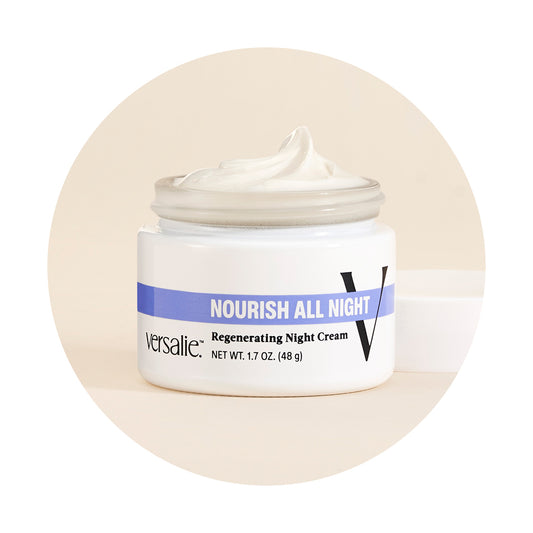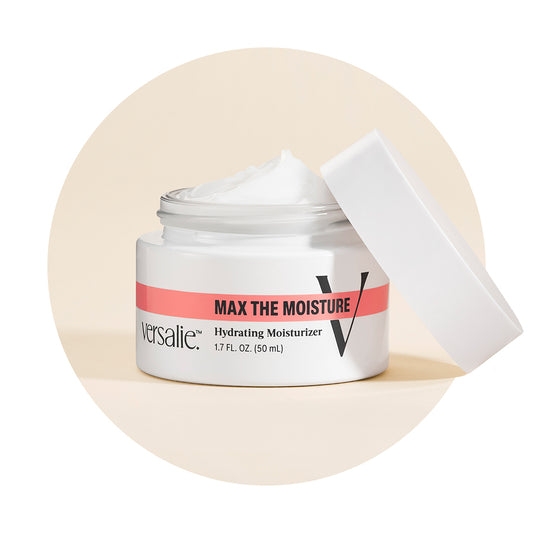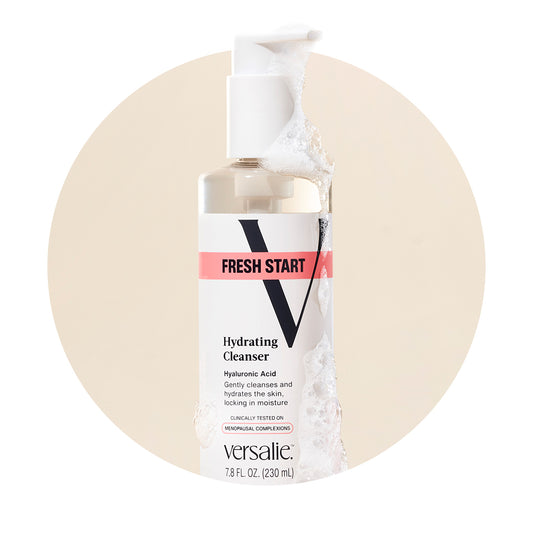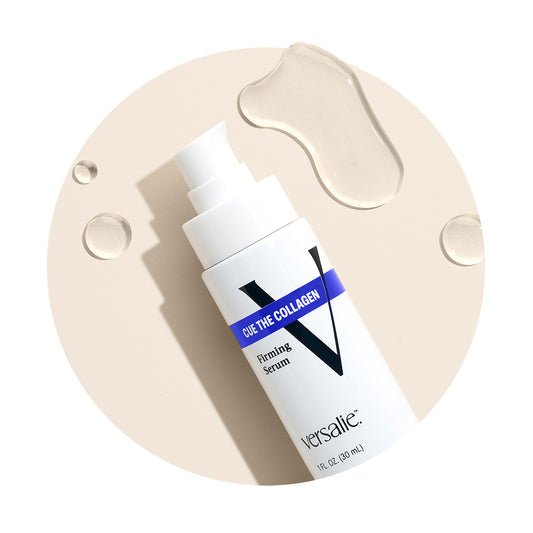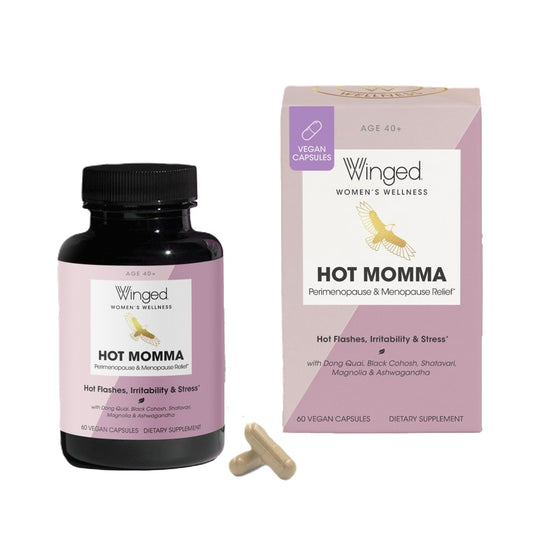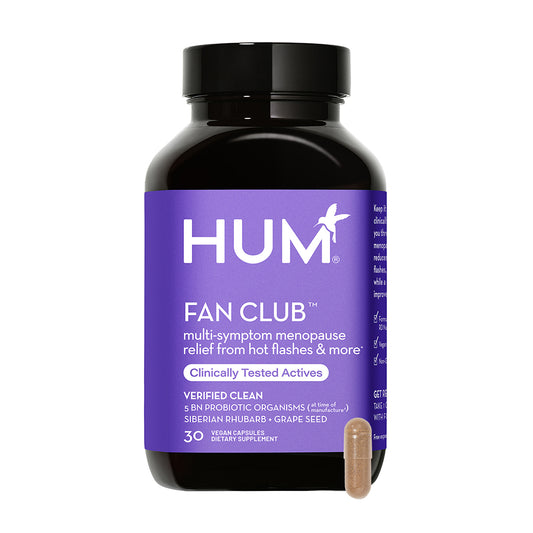We all know regular exercise is good for us. And regular exercise during menopause might just be even better. Not only can it help minimize midlife weight gain, but it can also help increase bone mass while reducing hot flashes, stress, lower back pain, and the risk of high blood pressure. So, when the summer sun shows itself, it’s a great excuse to get outside and get that heart pumping — as long as you’re sure to listen to your body.
Here we answer a few questions about how to help keep your body safe in the summer heat:
What should I eat before heading out for some exercise in the heat?
It depends on the duration and intensity of your planned workout. Most people feel nauseous and tired if they exercise on an empty stomach, but you also don’t want to eat a snack on your way out the door (unless it’s a piece of fruit). For most people, it works best to eat 1-3 hours before their activity. A snack that will give you the right sources of energy should include a healthy, healthy carbohydrate (whole grain, yogurt, fruit, vegetables), and a small amount of protein.
What about eating after exercising?
Again, it depends on the duration and intensity of your activity. A short workout doesn’t require refueling, but more intense activities can require a small snack that includes healthy carbs and protein. Aim to eat within 15 minutes of exercising.

Just as important as eating is to stay hydrated. It’s important to drink water before, during, and after your activity. The amount you need is dependent on many factors: exercise location, temperature, type of exercise, and exercise intensity.
Is it okay to let my skin breathe?
If by “breathe” you mean not protect it with sunscreen or clothing that blocks the sun, then the answer is a firm “no”. Before you leave the house, always apply a broad-spectrum, water-resistant sunscreen with at least an SPF of 30. Consider wearing lightweight, sweat-wicking clothing that covers any skin that could be exposed, as well as a hat that can provide coverage for your face, ears, and neck. And as far as sun protection goes, don’t forget to apply a lip balm with SPF30 or higher.
What are the best outdoor exercises to do in hot weather?
Heat adds stress to your body before you even start working out. So, it’s better to choose exercise that doesn’t take as much energy and is easier for your body to handle. Swimming is a great choice because it can be a full-body workout that helps you stay cool as you get your heart rate up, tone muscles, and build strength. Yoga is another great option in the heat, especially as high temperatures work in your favor to help loosen muscles and burn more calories, compared to traditional yoga. Be sure to talk to your doctor before starting or changing any exercise regimen.

Does it make a difference if I exercise in dry heat versus humid heat?
Both dry and humid heat have their own, somewhat different dangers. When heat is particularly dry, sweat evaporation happens quickly, so you might not realize how much water your body has used—or that you’re becoming dehydrated. Meanwhile, in humid heat, you’ll sweat more. But while this can better cue you to how much water your body has used, it can also make it much harder for your body to cool itself. This is why in humid areas, it’s especially important to check the heat index, not just the temperature reading on the thermometer, as the stress on your body can be much greater. You’ll sometimes see the heat index listed as the “feels like” temperature.
How can I tell if I’m experiencing heat exhaustion?
Heat exhaustion is one type of heat-related illness. It’s how the body responds to the loss of water and salt, usually through excessive sweating. If left untreated, it can lead to heat stroke, which can cause permanent damage to the brain and other vital organs. Most people recover fully if they’re able to see care for heat stroke.
It’s important to familiarize yourself with the warning signs, such as:
- Nausea or vomiting
- Headache
- Dizziness
- Cold, pale, clammy skin
- Muscle cramps
- Fast, weak pulse
- Tiredness or weakness
- Fainting
If you think you might be suffering from heat exhaustion, there are a few things you can do to cool down, including:
- Move to a cool place
- Loosen clothing and remove any unnecessary clothing, like shoes and socks
- Take a cool bath or put cool, wet clothes on your body
- Sip water
If your symptoms get worse or last more than an hour, get medical help immediately.

Let’s summarize how to stay safe
When you exercise outdoors, in the summer heat, take precautions and listen to your body. You may have to slow down or take more breaks than normal to stay safe. But remember, you’re still putting in the effort, even if it’s less than you normally do. Keep these tips in mind as you head outdoors in the heat:
- Eat a snack that includes a healthy, easily digested carbohydrate and a protein 1-3 hours before activity.
- After intense activities, eat a small snack that includes healthy carbs and protein within 15 minutes of exercising.
- Protect your skin with sunscreen with at least of SPF of 30 and cover your skin with lightweight, sweat-wicking clothing.
- Choose activities that don’t take as much energy and are easy for your body to handle — like swimming or yoga.
- Keep an eye out for signs of heat exhaustion.


